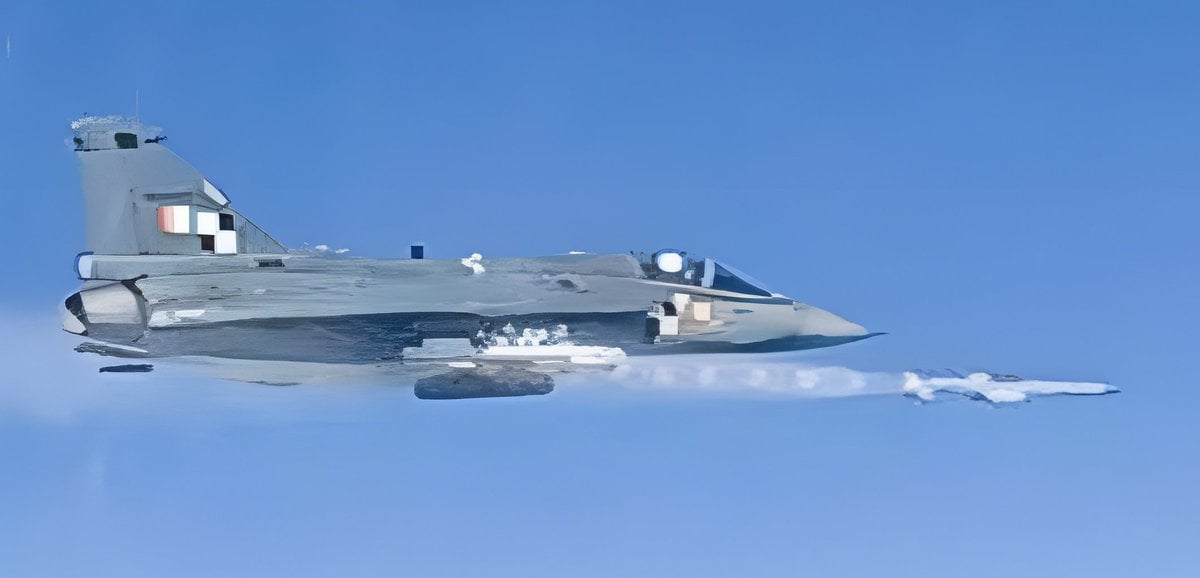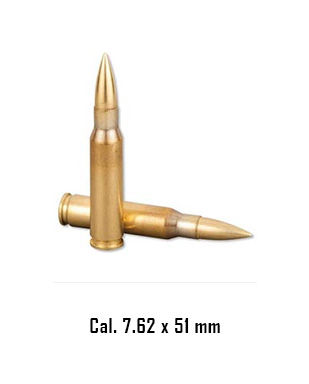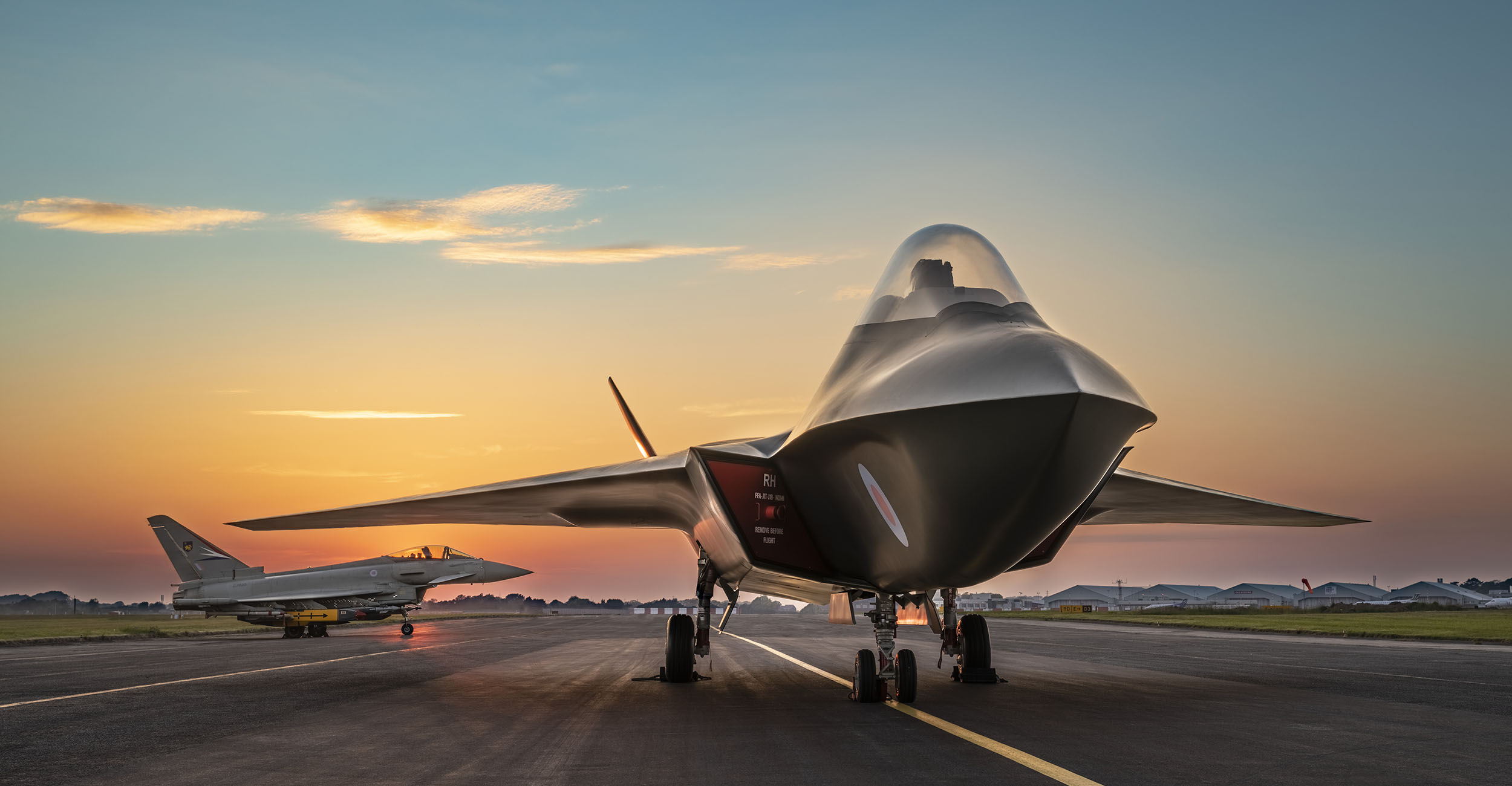SOURCE: RAUNAK KUNDE / NEWS BEAT / IDRW.ORG


India’s Defence Research and Development Organisation (DRDO) is poised to redefine aerial combat with the Astra MkIII, christened ‘Gandiva’ after the legendary bow of Arjuna from the Mahabharata. According to sources close to idrw.org, this next-generation beyond-visual-range air-to-air missile (BVRAAM) is designed to achieve a staggering range exceeding 300 km, powered by a cutting-edge solid fuel ducted ramjet (SFDR) propulsion system. With captive trials underway and full-scale production targeted for 2030, the Gandiva is set to elevate the Indian Air Force’s (IAF) capabilities to rival global benchmarks like the MBDA Meteor.
The Astra MkIII ‘Gandiva’ leverages a solid fuel ducted ramjet (SFDR) propulsion system, a technology that uses atmospheric oxygen as an oxidizer, eliminating the need for onboard oxidizers and enabling a lighter, more efficient design. This throttleable ramjet allows the missile to sustain supersonic speeds of up to Mach 4.5 over extended ranges, reportedly reaching 300–350 km under optimal conditions, such as high-altitude launches from 20 km. The SFDR’s ability to modulate thrust mid-flight enhances the missile’s no-escape zone (NEZ), making it highly effective against maneuvering targets, including advanced fighters and high-value assets like AWACS.
Continue readingSOURCE: RAUNAK KUNDE / NEWS BEAT / IDRW.ORG


In a landmark achievement for India’s defense sector, Nagpur-based JSR Dynamics Private Limited has emerged victorious in the Indian Navy Open Challenge 8.0, securing a contract to develop a cutting-edge Long Range Powered Precision Guidance Munition (LRPGM). The company recently revealed the specifications and design of this advanced weapon system, marking a significant step toward enhancing the Indian Navy’s precision strike capabilities. This development underscores India’s growing prowess in indigenous defense technology amid heightened regional tensions, particularly following its withdrawal from the Indus Waters Treaty (IWT) in 2025.
JSR Dynamics, a private firm specializing in defense and aerospace solutions, won the Indian Navy’s Open Challenge 8.0, a competitive initiative aimed at fostering innovation in military technology. The LRPGM project aligns with India’s broader push for self-reliance in defense manufacturing under the Atmanirbhar Bharat initiative. The company’s success highlights the increasing role of private players in bolstering India’s military capabilities, especially as the nation navigates complex geopolitical challenges with neighbors like Pakistan and China.
Continue readingSOURCE: RAUNAK KUNDE / NEWS BEAT / IDRW.ORG


The Indian Air Force (IAF) has significantly strengthened its Beyond Visual Range Air-to-Air Missile (BVRAAM) inventory, positioning itself as a formidable aerial power in South Asia amid rising tensions with Pakistan and China. As of April 2025, the IAF’s stockpile includes 250 Meteor missiles acquired through the Rafale deal, a fresh order of 400 R-77 missiles, 400 indigenous Astra Mk1 BVRAAMs, over 500 R-77s from previous stocks, and an undisclosed number of MICA-IR and MICA-RF missiles procured for the Mirage-2000 and Rafale fleets. This robust arsenal, detailed in recent defense updates, underscores the IAF’s focus on maintaining air superiority as it prepares for potential conflicts along its contested borders.
The Meteor missile, integrated with the IAF’s 36 Rafale jets, is a game-changer. With a range exceeding 150 km (some estimates suggest up to 200 km), the Meteor’s ramjet propulsion and active radar seeker enable it to engage targets at extreme distances with a “no-escape zone” of over 60 km—three times that of the AIM-120 AMRAAM used by Pakistan’s F-16s. The 250 Meteors, delivered as part of the ?63,000 crore Rafale deal signed in 2016, give the IAF a decisive edge in beyond-visual-range (BVR) combat, particularly against China’s J-20, which relies on the PL-15 with a comparable 200 km range but lacks the Meteor’s sustained maneuverability.
Continue readingSOURCE: AFI


In a surprising revelation, a senior Pakistan Air Force (PAF) official, Air Vice Marshal Shahzad Chaudhry, has admitted that the PAF’s claim of shooting down two Indian Air Force (IAF) jets during the 2019 aerial skirmish following the Balakot airstrike may not be entirely accurate. The admission casts doubt on Pakistan’s long-standing narrative that had claimed two IAF jet, a MiG-21 piloted by Wing Commander Abhinandan Varthaman, was shot down, while the second, a Su-30MKI fell down in Indian side as previously claimed.
The 2019 clash occurred in the wake of India’s airstrike on a Jaish-e-Mohammed (JeM) terrorist training camp in Balakot, Pakistan, in retaliation for the Pulwama attack that killed 40 Indian paramilitary personnel. On February 27, 2019, the PAF launched a counteroffensive, leading to a dogfight over the Line of Control (LoC). Pakistan claimed it shot down two IAF jets, one of which, the MiG-21, fell in Pakistan-occupied Kashmir (PoK), with its pilot, Abhinandan, captured and later released. The second jet, claimed to be a Su-30MKI, was said to have crashed on the Indian side. India, however, consistently denied the loss of a Su-30MKI, asserting that only the MiG-21 was downed.
Continue readingSOURCE: AFI


In a significant stride toward self-reliance in defense manufacturing, Hughes Precision Manufacturing Pvt. Ltd., a Nagpur-based company, has achieved a historic milestone by developing India’s first indigenous sniper rifle ammunition for the Indian Army. This breakthrough marks a pivotal moment in India’s journey under the Aatmanirbhar Bharat (Self-Reliant India) initiative, reducing dependence on foreign suppliers and strengthening national security.
Hughes Precision, a relatively new player in India’s defense sector, has emerged as a trailblazer with its focus on precision engineering and ammunition manufacturing. The company’s 7.62x51mm NATO-standard sniper ammunition, designed specifically for the Indian Army’s sniper rifles, is a testament to India’s growing capabilities in producing high-quality, specialized munitions domestically.
Continue readingSOURCE: AFI


India’s indigenous satellite navigation system, NavIC (Navigation with Indian Constellation), is undergoing a pivotal evaluation of its capabilities during wartime conditions, as reported on April 29, 2025. Developed by the Indian Space Research Organisation (ISRO), NavIC is designed to provide precise positioning and timing services across India and up to 1,500 km beyond its borders. Now, its resilience and reliability are being tested in high-stakes conflict scenarios.
NavIC, comprising seven satellites in geostationary and geosynchronous orbits, offers two service levels: a standard positioning service for civilian use and a restricted, encrypted service for military and strategic applications. The ongoing test aims to assess NavIC’s performance under electronic warfare conditions, including signal jamming and spoofing attempts, which are common in modern conflicts.
Continue readingSOURCE: AFI


The “Grim Reapers” YouTube channel recently conducted an exhilarating Digital Combat Simulator (DCS) scenario pitting the entire Indian Air Force and Navy against the Pakistan Air Force in a one-tenth scale, proportional battle. Titled WarGames 269, this simulation offers a fascinating glimpse into a hypothetical full-scale aerial conflict between two South Asian powers, set over the Caucasus Mountains in Georgia, representing the rugged heights of Kashmir. With meticulous research and attention to detail, the simulation showcases the strengths, strategies, and technological disparities of both air forces as of 2025. Let’s dive into the setup, execution, and outcome of this thrilling virtual war.
The simulation begins with a detailed breakdown of both air forces’ combat capabilities, reflecting their real-world inventories as closely as possible within DCS constraints.
Continue readingSOURCE: IDRW.ORG


In a significant step toward modernizing its infantry forces, India has successfully completed the firing trial of a crewless 30mm turret designed for the Futuristic Infantry Combat Vehicle (FICV). The FICV program, initiated by the Indian Army to replace its aging fleet of BMP-2 infantry combat vehicles, aims to deliver a next-generation platform capable of operating in diverse terrains, including high-altitude regions like Ladakh and the deserts of Rajasthan. The crewless 30mm turret, a key component of the FICV, is designed to provide enhanced firepower, situational awareness, and survivability while reducing risks to personnel.
The crewless design leverages remote operation technology, allowing the turret to be controlled from a protected compartment within the FICV or even from a remote command station. This reduces the crew’s exposure to direct threats, a critical advantage in modern warfare where anti-armor weapons and drones pose significant risks.
Continue readingSOURCE: IDRW.ORG


Anshuman Tripathi, a former adviser to the National Security Advisory Board (NSAB) and an international consultant in aerospace and defense, has urged India to adopt contemporary strategies to develop the 120kN engine for the Advanced Medium Combat Aircraft (AMCA). Speaking at a recent panel discussion, Tripathi emphasized the need to hire global talent and acquire existing technologies to shrink development timelines, drawing lessons from global examples and India’s own challenges.
Tripathi began with a poignant case study of Nokia, once a mobile phone giant that lost its edge to Apple’s iPhone. Quoting Nokia’s last CEO, Stephen Elop, who tearfully said, “We didn’t do anything wrong, but somehow we lost,” Tripathi drew parallels to India’s jet engine program. Despite earnest efforts by the Gas Turbine Research Establishment (GTRE) and others, India still lacks a viable indigenous jet engine. “Everybody put in their best, but we don’t have what we need,” he said, urging a shift in approach.
Continue readingSOURCE: AFI


Recent claims circulating on Pakistani media handles suggesting that India’s Rafale fighter jets are “isolated” and suffer from a lack of interoperability within the Indian Air Force (IAF) have been firmly contradicted by established facts. Contrary to these assertions, the IAF’s Rafales are not only fully integrated into the force’s broader operational network but also play a critical role in India’s network-centric warfare capabilities.
Since 2010, the IAF has been operating AFNet, a secure and encrypted fiber-optic-based digital information grid, which connects airbases, command centers, airborne platforms, and ground units. The Rafales, inducted in 2020, are connected to this network, enabling real-time situational awareness and coordinated operations with legacy platforms like the Su-30MKI, Mirage-2000, and indigenous LCA Tejas.
Continue readingSOURCE: AFI


Amid escalating tensions with India, the Pakistani Army has intensified its defensive measures along the Line of Control (LoC) and the international border, particularly in the Sialkot and Ferozepur sectors. In a strategic move to counter potential Indian airstrikes, Pakistan has repositioned its radar systems closer to the frontlines in the Sialkot sector and deployed electronic warfare (EW) units near the Ferozepur sector to monitor Indian military movements. A significant development in this buildup is the recent establishment of a TPS-77 radar site at Chor Cantonment, located just 58 kilometers from the international border. The TPS-77, a multi-role radar system, is a critical asset for air surveillance and situational awareness, underscoring Pakistan’s heightened state of alertness.
The Sialkot sector, a strategically vital region along the India-Pakistan border, has seen increased Pakistani military activity in response to fears of Indian retaliation following recent tensions, notably the Pahalgam terror attack in Jammu and Kashmir on April 22, 2025, which claimed 26 civilian lives. According to exclusive reports, the Pakistani Army is moving its radar systems to forward positions in this sector to enhance its ability to detect potential Indian airstrikes.
Continue readingSOURCE: AFI


In a rare and tense display of military posturing, India and Pakistan have scheduled overlapping naval firing drills in the Arabian Sea, as highlighted in a recent area warning map shared by @detresfa_
on X. This unprecedented event, taking place in close proximity, underscores the escalating geopolitical tensions between the two nuclear-armed neighbors and raises questions about the strategic implications of such exercises.
According to the area warning, Pakistan’s naval ships will conduct firing exercises from April 30, 2025, at 1500 UTC to May 2, 2025, at 0300 UTC, within a diamond-shaped zone near its Exclusive Economic Zone (EEZ), approximately 85 nautical miles from India’s designated firing areas. India, on the other hand, has scheduled its naval firing drills from April 30, 2025, at 1831 UTC to May 5, 2025, at 1829 UTC, across four distinct zones (labeled 1 to 4 on the map) near Porbandar, Gujarat. The proximity of these zones, separated by less than 100 nautical miles, places the two navies in a near “eye-to-eye” confrontation, an event that appears to be a first in the region’s history.
Continue readingSOURCE: AFI


The Tempest, a sixth-generation fighter jet under development by the Global Combat Air Programme (GCAP) involving the UK, Italy, and Japan, is generating buzz with its ambitious design goals. According to Group Captain Bill, the RAF officer overseeing the Tempest’s requirements, the fighter aims for a “really extreme range” with enough internal fuel to potentially cross the Atlantic without refueling, alongside a payload capacity roughly twice that of the F-35A. As India explores potential collaboration with the Tempest program, this article examines how the fighter’s capabilities could translate into operational endurance over Indian air bases, a critical factor given the IAF’s strategic needs along its borders with Pakistan and China.
The Tempest’s range is a standout feature. A transatlantic flight from the UK to the US, typically around 3,500 nautical miles (6,482 km), without refueling, far exceeds the capabilities of the Eurofighter Typhoon, which requires three to four tanker hook-ups for the same distance. The F-35A, for comparison, has a combat radius of about 670 nautical miles (1,240 km) on internal fuel, meaning its total range is roughly 1,340 nautical miles (2,480 km) without refueling. If the Tempest can achieve 3,500 nautical miles on internal fuel, it would represent a monumental leap in endurance, allowing it to operate deep into hostile territory without the vulnerability of tanker support—a concern in contested regions like the Indo-Pak border, where aerial refueling assets could be targeted.
Continue readingSOURCE: AFI


In a provocative statement during a session of Pakistan’s upper house of Parliament, Senator Palwasha Mohammad Zai Khan sparked controversy by making bold remarks about the Babri Mosque in Ayodhya, India. The Senator declared that the “first brick of the new Babri Mosque will be laid by Pakistan Army soldiers” and that the “first Azaan (Islamic call to prayer) will be given by Pakistan Army Chief General Asim Munir.”
Senator Khan, known for her hardline views, made the statement while addressing members of the Pakistani Senate during a discussion on regional affairs and Pakistan’s response to developments in India. “We are not wearing bangles,” she said, invoking a popular phrase often used in Pakistani political rhetoric to assert strength and masculinity.
Continue readingSOURCE: RAUNAK KUNDE / NEWS BEAT / IDRW.ORG


A new design of the CATS Hunter Air-Launched Cruise Missile (ALCM), part of India’s Combat Air Teaming System (CATS) program, has surfaced, revealing a significant departure from the prototype showcased by Hindustan Aeronautics Limited (HAL) at Aero India 2021. The updated CATS Hunter, now powered by the indigenous PTAE-7 engine, boasts a range exceeding 350 km and a sleek, stealth-oriented configuration, as seen in images circulating .
The CATS Hunter ALCM, initially unveiled as part of the broader CATS ecosystem to complement manned fighters with unmanned systems, has evolved dramatically. The earlier design at Aero India 2021 featured a more conventional missile layout with prominent wings and a cylindrical body, resembling traditional cruise missiles like the Storm Shadow. The newly revealed design, however, adopts a streamlined, low-observable profile with a flattened, angular body, likely aimed at reducing its radar cross-section (RCS). The missile appears to have blended winglets and a more integrated exhaust, suggesting a focus on stealth and aerodynamic efficiency—key for penetrating contested airspace along India’s borders with Pakistan and China.
Continue reading